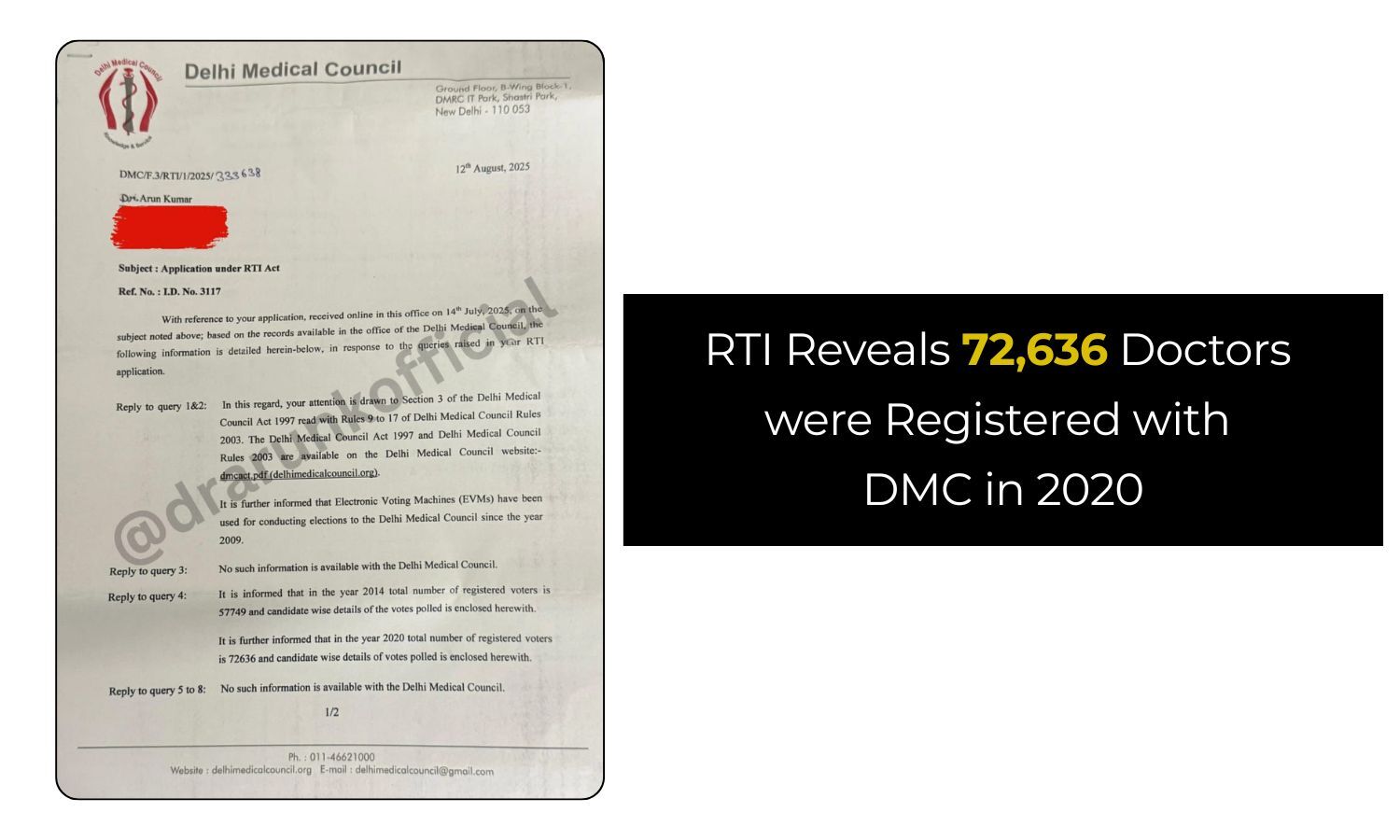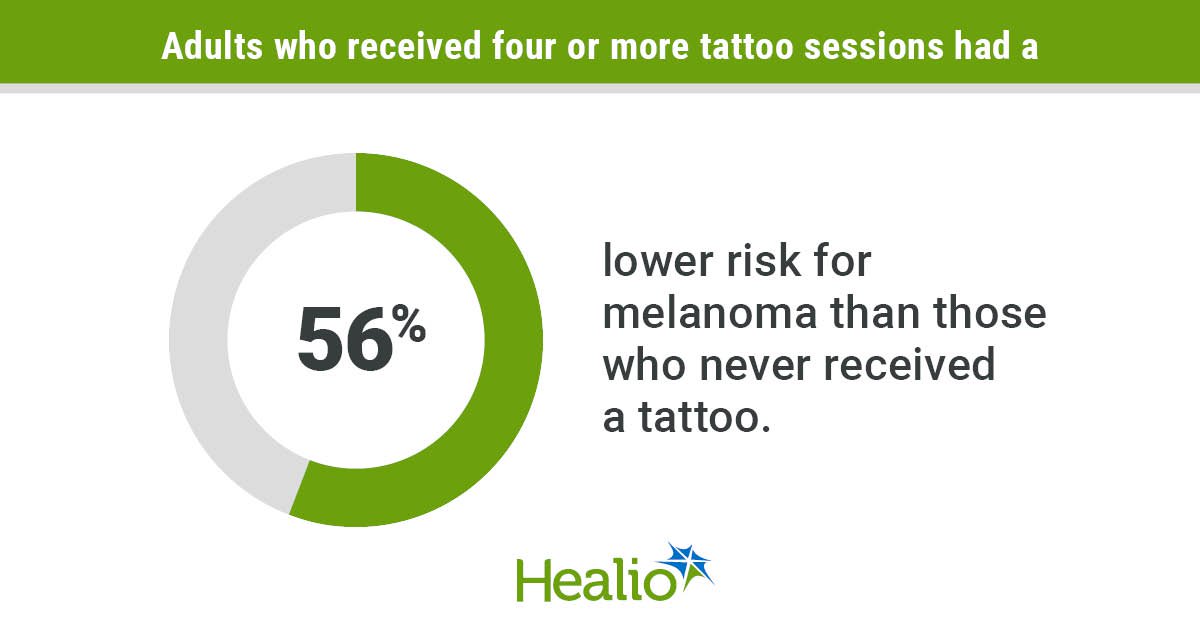If You’re a Veterinary Practice Owner Who Recently Acquired A Business, Should You Sell It Or Continue Running The Operation? Vet practice owners can use financial modelling to map out their sale vs continue options, so they can get a clear visual about how both choices will affect them financially.
This article delves into financial models, what makes them up and how they can help you project your revenue, manage your costs and interpret cash flow. Once you understand these financial dynamics, you can make a conscious choice about the future of your practice.
Understanding Financial Modelling for Veterinary Practices
Financial models in veterinary clinics – what to pay attention to Financial forecasting is a process of developing an abstract representation (a model) of a real mechanism with the purpose to support success through optimal tactical and strategic forecast. The model is not only a statemgic guide, it is an assisting tool for practice owners to assist in decision making regarding investment, growth strategies and operational improvements. Being in-the-know about your practice’s financial wellness will help focus you on where to improve and what to expect financially down the road.
Technology, facilities and staff training investment is vital as well. Benefits of these investments include:
- Improved patient care
- Increased revenue
- Increased productivity These factors can increase the overall value of your practice when you include them in a financial model.
By using financial modelling you can make sure your vet practice is profitable and can weather the storm.
Key Components of a Financial Model
A full financial model involves some key aspects:
- The financial statements of the practice, which include a narrative explanation describing revenue, expenses and net income. These are fundamental metrics for comparison of financial performance and estimate.
- Physical objects like a piece of medical equipment.
Physical assets such as real estate, which must be valued properly to provide a realistic portrayal of the practice’s valuation.
Goodwill and client lists are valuable assets and must be considered. These components frequently add to a greater overall practice valuation because they affect future cash flow and revenue line. Well-managed assets and a good business plan lead to financial stability and expansion. Closely monitoring and analyzing these elements enables own ers to make informed decisions that improve the current value and market value of the outflows to increase practice vale.
It’s absolutely critical to bill accurately for your services, and optimize your cost of operations to keep your finances in check. Value creation strategies for a veterinary practice commonly involve services and revenues augmentation as well as cost containment. Regular review of these financial records while updating projected cash flow statements will keep practices in the black and on stable financial ground.
This holistic market analysis of financial modeling form the foundation for accurate forecasts and business strategy.
Forecasting Revenue and Growth
Estimating revenue and growth is a key part of financial modeling.setInput A steady increase in revenue is a sign of a good practice, as construction can be made possible at the higher levels. To establish this, vets need to have budgets and cash flows in place which forecast further revenue and costs. These expectations help to identify areas for growth as well as get ready for possible monetary hurdles.
Segmenting revenue by category is key to identifying where potential growth lies. What’s a way that you could invest even more of something into one segment of the offering? So if there’s a particular kind of veterinary service – I’m being hypothetical here -– but if there is something you provide where nine out 10, say drives somewhat disproportionately profitable revenues — and cash flow — from that one segment of your offering, what are ways to get more in sales force time services marketing — whatever it is. Knowing these trends can help practice owners make informed choices to steer future growth. Knowing the increase in revenue percentage (5.2% this year) can also be useful toward setting expectations and goals.
Revenue forecasts must take into consideration multiple revenue sources and potential new products. A more balanced income profile reduces exposure to risk and provides a steady stream of income. It is strategic, boosts your financial performance and sets up the practice for success (and its accompanying income) in the future. Good forecasting and planning for growth sets the foundation for a successful veterinary practice.
Expense Management and Projections
Veterinary Expense Control to Keep Your Practice Out of the Red Effective expense management is critical to a profitable veterinary practice and also supports one’s general financial well-being. It begins with:
- Have the right people, including staff in your administration, doing the right things
- Staffing the practice to meet its needs
- Offering competitive but not exorbitant pay to staff, retaining skilled employees without breaking the finances of the practice
Operating expenses can also be reduced through the renegotiation of contracts or the modulation of staffing levels to align with demand. By category, the business owner can see where there is spend that could be cut and service levels would still not suffer. This proactive mode to expense control is vital for practice viability and prosperity.
Forecasting costs is a key aspect of financial modelling. By looking at previous financial statements and predicting future cash flows, dental owners can have a heads up as to any potential financial storm that is on its way. They can use this foresight to base their investment, staffing and other operative decisions on. Proper cost control and timely forecasts are essential for the financial well-being of a veterinary practice.
Cash Flow Analysis
Cash flow analytics is one of the basic concepts for financial modellers where you are analysing the flow of cash during a certain time frame. Proper cash flow management guarantees that a practice can cover its immediate requirements and accommodate unforeseen opportunities or investments. It is critical to maintain the balance of the kitty to keep financials strong and ready for growth.
The statement of cash flows is an important report that shows the degree of financial health at your vet practice. The spreadsheet outlines the source of cash inflows (e.g., revenue from veterinary services) and outflows (operating expenses, investments, etc.). This quote is one that attitudes business owners so they know how much money they really have to play with and if their future cash flow can support it.
Cash flow analysis also evaluates net income and the ability of a practice to produce steady revenue. Healthy cash flow supports financial stability and preparedness for new challenges. This level of detail, and the income approach is necessary for strategic planning and long-term success.
Profitability and Break-Even Analysis
The profitability and break-even analysis is fundamental to identifying the financial performance of a veterinary practice. If the net income is positive, then it indicates that the practice has proven to be more profitable than costs incurred. A negative net income, on the other hand, means it is time to reconsider costs or prices.
If you analyze your profitability by category, it can pinpoint those areas that either could have a problem or an area in which you could improve your margins. Financial indicators such as the profit margin and return on assets offer great inferences related to efficiency of the practice and its financial success. For example, the net income divided by the total revenue (profit margin ratio) shows how well a practice manages costs and produces profitability.
The knowlege of breakeven is very important for your financial planning purpose. The above evaluation gives the amount of minimum gross to break even for all costs as a help for the private practitioner towards setting his financial goals feasibly. Continual tracking of these indicators helps to keep veterinary practices in the black and financially sound amid future growth.
Scenario Analysis: Sale vs Continued Operation

Discounted Cash Flow Valuation with and without Sale Common to all 5 Scenarios was the application of discount rates difference between net present value (NPV) at Sale vs NPV at continued operation.
“Financial models bring much-needed structure to the process of making good decisions for your practice’s future, such as ‘Do I sell or not?…. In such cases, one must analyze the financial consequences of any such decision in terms of compatibility with the long-term objectives of the practice owner.
The next sub- sections discuss how to sell or keep a practice. Each scenario carries with it its own financial considerations and possible results which will be further explored.
Impact of Selling the Practice
There are multiple financial ramifications that practice owners should think about when selling a veterinary practice:
- Knowing the practice profitability today and over a period of years is key to assessing worth.
- A common practice is that potential buyers when considering purchasing a practice will look at financials trends for three to five years.
- Its important to keep good clean financial records.
There are many things that affect the sale price of a veterinary practice such as:
- Size
- Physical location
- Profitability
- Growth potential
And with practices growing in revenue, or at least not losing ground, even in recessions, sales prices are higher. Furthermore, for what can be a relatively short period of time (usually 4–6 months before sale to one year post-sale), proper preparation and knowledge of the most influential value-increasing dynamics during that period may noticeably leverage the sales price of the practice.
Tax implications are also a major consideration when it comes to the decision to sell. Tax-Related Sales Price Allocation Allocating the sales price to maximize tax benefit (e.g., more for goodwill) reduces capital gains tax. Keeping real estate while selling and deferring taxes on the sales proceeds today ensures future income for retirement. “By making these strategic choices, you’ll have a successful and lucrative sale.
Benefits of Continued Operation
Keeping a vet practice running can be very rewarding financially in the long-term. One of the main benef its is being able to achieve steady increase in revenues thanks to strategic and operational business developments. Strengthening customer retention through incentives, personalized touchpoints and wellness programs can increase recurring income and help guarantee a regular income stream –; thereby increasing the value of your vet practice in the veterinary medicine industry.
By targeting your marketing efforts you can bring in new business and grow your profits. In turn, solo practices that are filled with clients can look into remodeling or expanding in order to grow the number of clients as well as higher client satisfaction and revenue. These measures are not only designed to improve the financial performance of practice, but also contribute to it being sustainable in the longer term.
And there is no more drifting for practice owners that choose to operate status quo. This strategy leads to continual growth in revenue and profits over time, making it an appealing choice for countless veterinary practice owners and a substantial boost for the business itself.
Capitalizing on loyalty rewards, individual follow ups and wellness programs is just one way to increase repeat business. Suggesting evidence-based pet care products within these programs is also the key to success for many practices. For example, mobility products like 4CYTE gel for dogs could be integrated into Senior Pet wellness programs. This not only enhances patient care, but also strengthens the client-practice bond thus building trust and promoting repeat visits.
Preparing Financial Statements for Potential Buyers

Are You Sharing Your Vet Business’s Financials? Creating accurate, thorough financial statements is important for marketing your vet practice to potential buyers. It is vital to have well organized financial statements, not just for accuracy’s sake but also to better understand the reporting conventions in the practice. These documents allow potential buyers to learn what’s owed on their case and make decisions on whether they would like to purchase the practice.
The necessary financial documents to determine practice value are:
- Profit and loss reports
- Tax documents
- Cash flow statements
- Practice’s financial statements
- Inventory records
Patient records – During the due diligence process, prospective buyers will review all financial and legal data pertaining to the complete practice so it is important to keep extensive and accurate patient records.
A stable balance sheet, which means a sizeable cash position, reasonable debt and equity in the black, is so much more appealing to an acquirer. Having the lease in shape and balancing fair market value on financial statements is also very important. If you aren’t already, working on getting detailed financial numbers available will help make your business more attractive to a buyer and makes the due diligence process go smoother.
Utilizing Financial Ratios for Decision Making
Why use ratios? Ratios are an easily understood means to obtain insights into the financial strength and performance of a veterinary practice. The financial metrics allow operators to compare their performance relative to benchmarks or competition and can serve as a data point when making more informed decisions. Ratios which are the important are profit margin ratio, current ratio and debt-equity ratio.
The average revenue is 10 times expenses; the percentage showing how many percent are left after expenditure, it is a measure of efficiency of practice. A bigger net profit margin ratio means greater control on cost and more profitability. The current ratio is a measure of whether the practice has enough assets (current) to cover its liabilities (also current).
A debt/equity ratio reflects one-to-one matching of debt and equity in the firm, suggesting a leverage position. It is also imperative for the financial stability that the company has positive operating cash flow and good monetary reserves. Tracking these ratios on a frequent basis will help keep your practice financially fit, and allow for strategic decision-making to improve performance.
Budgeting with the Help of Financial Models
Use of financial planning models is critical in making key business decisions that will influence the practice’s financial future. Knowing the value of your practice and becoming acquainted with key valuation methods are important components in this progression. Keep the chart of accounts and operational BI up to date so you have the accurate financial data.
Ways to enhance the value of a practice include increasing profitability, establishing cost-effective operational practices and exhibiting good growth potential. The way for improving financial condition is a relatively straightforward journey, offering new services, reviewing pricing and trimming the excesses all help. Normalized adjustments, for example compensation and rent, capture sustainable long-term cash flows and are in the normal course required when performing practice based financial modelling (such as estimating valuation multiples).
Emphasizing opportunities to increase future revenue and improvements in service can help demonstrate the practice’s long-term value proposition. Integrating these tactics into your planning will preserve the key value of veterinary services and create financial security.
Financial Modelling Tools and Software
The use of digital tools and software in financial modelling streamline processes, minimize errors, enhances data management for more strategic control and insight around the clinic environment. Automated tools can help rationalize the maintenance of financial records and creation of future financial statements, thus earning a significant time-savings and productivity.
CRM programs help improve client relations and retention: Essential for financial sustainability in veterinary practices Client Visit. Utilizing these tools offers insight into financial well-being, supporting decisions that enable growth and profitability.
Case Study: Financial Modelling in Practical Use

Possible business use case scenario of financial modelling Imagine a vet practice owner planning on selling the business. The first step being an assessment of the practice that not only provides transparent options for the owner without making a commitment. Based on objective and subjective information, using the various financial modelling tools she offers through Transitions Elite, a practice can determine if it is ready to be sold or whether the owner still has some more time to generate revenues.
The practice owner feedback has been consistent- Transitions Elite helps make the brokerage of their practice appealing to potential buyers, get top dollar for the value of their practices and facilitates an easy and smooth selling process for both them and the new buyer -leading to satisfied clients.
This case review demonstrates the value of financial modelling and specialist advice to assist with making informed decisions in veterinary practice management.
Common Challenges in Financial Modelling
Veterinary Practice Owners Looking to the future 2 Veterinary practice owners and building financial models Building a comprehensive and realistic financial model can be difficult for business owners such as veterinarians. One challenge is being able to accurately measure of the cost compared to value of selling the practice rather than continuing practice as usual. This decision may well influence the going concern of any company so it is essential to use financial ratios and strategic planning.
The use of financial models derived from sound strategic planning has tremendous value in rescuing practice owners when they have to make complex financial decisions and show them opportunities where they need to drill down more deeply. Specialized software and tools can ease the financial modeling process, cutting down on mistakes making room for a more in-depth analysis.
Leveraging the expertise of a veterinary practice broker can also help a great deal in addressing these challenges through valuation and operational guidance. By tackling these issues that are prevalent financial models more likely to be realistic and include everything.Before including future plans for your practice – it is important to get right your profit and loss, especially if when starting out.
Working with a Veterinary Broker
A Veterinary broker when selling Offering the type of help with financial modelling & practice valuation you need, offering the services you need. For instance, Transitions Elite promises the highest sale price and best terms — or the client doesn’t pay anything — giving peace of mind to practice owners. When you sell a practice with Transitions Elite, it gives you more time to concentrate on the patient-care side of your business and provides that after-the-sale support to help retain a team as strong or stronger than before with the aid of a valuation expert.
Transitions Elite sets itself apart by being a company that looks towards the long end of practice owners and not just sales, focuses on practices with 3 or more DVMs. If you are in the middle of planning the sale of a veterinary practice – beyond finding someone to take over your legacy – there are some key players that you need on your selling team:
- a broker
- an accountant
- a consultant
- an attorney
a banker This teamwork helps to execute a deal and garners the most value for the practice.
Partnering with a specialized veterinary broker gives both practice owners and pet owners access to the knowledge, guidance, and support required for an often complicated selling process as veterinary practices get sold to veterinary practice buyers. Utilizing the resources and insights of a broker, practice owners can ensure a successful sale that is as lucrative as it is smooth.
Summary
Financial modelling is a key for veterinary practice owners – the model itself will create a holistic overview of how your practice is operating and direct decision-making. From learning the key elements of a financial model to projecting revenue and controlling costs, this guide explained all you need to build a good financial model. Through the use of those observations, practice owners can ensure that they keep their practices profitable, steady and set up for further expansion.
And if you choose to sell, having this understanding allows practice owners to confidently step back from the transaction without feeling pressured or obliging to come to a final agreement. Regardless of whether opting for sale or hanging onto running their business, financial modelling gives practice owners the information they need in order for them to make informed decisions that best serve their long-term objectives. When working with professionals such as Transitions Elite and resources like these in the digital age, owners of veterinary practices can face their business’s financial structure without fear. Now is the time to increase your practice value and be protected for the future.
Image by TyliJura, Mikhail Nilov, Tima Miroschinko, and Yuliya Strizhkina, from Pixabay and Pexels
The editorial staff of Medical News Bulletin had no role in the preparation of this post. The views and opinions expressed in this post are those of the advertiser and do not reflect those of Medical News Bulletin. Medical News Bulletin does not accept liability for any loss or damages caused by the use of any products or services, nor do we endorse any products, services, or links in our Sponsored Articles.










